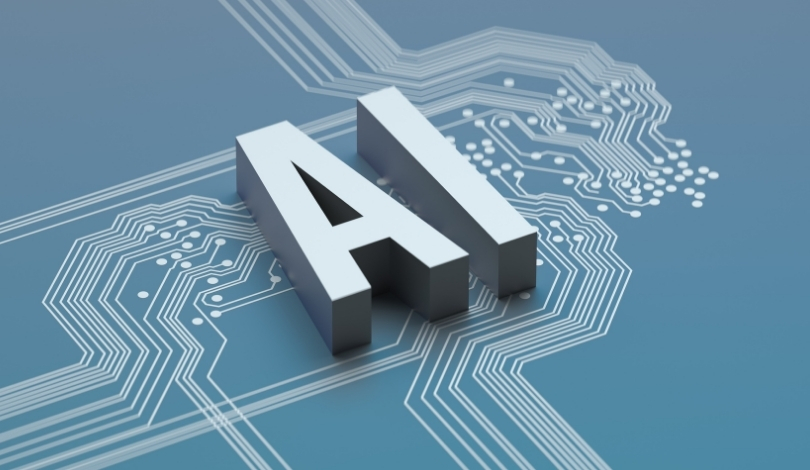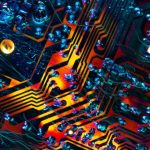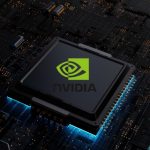A new leap in 3D asset creation emerges as Tencent introduces Hunyuan3D-PolyGen, a model aimed at addressing obstacles in digital art production. This tool specifically targets the time-consuming task of building detailed 3D models and offers a direct response to the growing demand for efficiency in commercial game studios. As asset requirements increase and gaming experiences become more complex, studios seek solutions that maintain quality without exhausting available resources. The rollout positions Tencent as an active participant in the industry’s evolving interaction between artificial intelligence and digital artistry.
Other reports that previously discussed AI-driven 3D generation often highlighted limited usability and challenges related to mesh quality in exported assets. Early models, while promising, typically required further manual refinement before use in professional pipelines, with compatibility between disparate software environments flagged as a persistent issue. Only incremental speed gains were noted in earlier releases, whereas Tencent’s implementation claims considerably higher efficiency rates. The integration strategy seen here is broader than earlier cases, with application across various internal development studios and a consistency of results referenced as a differentiator.
How Does Hunyuan3D-PolyGen Streamline the Asset Pipeline?
Hunyuan3D-PolyGen operates by employing a method known as BPT technology, reducing the strain historically associated with asset generation. This approach compresses extensive 3D data while maintaining visual quality, thus enabling the production of assets with substantial polygon counts. Compatibility is enhanced as the system adeptly manages both triangular and quadrilateral mesh geometries, minimizing technical friction between various development environments.
What Technical Advances Underpin the Model?
The model’s underlying mechanism leverages an autoregressive mesh generation process, which uses explicit spatial inference to build precise vertex and patch structures. By processing input from existing meshes or point cloud data, Hunyuan3D-PolyGen translates these into AI-readable formats and generates stepwise mesh instructions. These steps reflect methodologies adopted from natural language processing, allowing for predictive and adaptive modeling, and resulting in assets that satisfy the high artistic standards required in game production.
Does AI Integration Impact Artist Roles?
AI in this context emphasizes support rather than replacement of artistic expertise. The tool incorporates reinforcement learning, guiding the system to distinguish between professionally viable models and less refined works. According to initial deployments at Tencent’s own studios, artists observed substantial workflow improvements and efficiency gains. One developer noted,
“It brings effortless intelligent retopology, making AI-generated models ready for professional art pipelines.”
By automating routine processes, human creators are afforded greater capacity to dedicate time to conceptual tasks, thus balancing creative control with technological support.
The current evolution of asset creation technology demonstrated by Hunyuan3D-PolyGen returns focus to expanding access to high-quality models. Tools that power through modeling bottlenecks facilitate productivity, trimming costs and timelines. Those invested in 3D content creation should also be aware of the broader move towards reinforcement learning in AI-based design, which is consistently improving output quality and minimizing error rates. This progression signals a shift where both large and small studios can benefit, diminishing resource disparities and elevating production standards across the industry.
- Tencent’s Hunyuan3D-PolyGen boosts efficiency in 3D asset creation pipelines.
- It combines compression, autoregressive modeling, and reinforcement learning.
- The model supports artists by automating complex, repetitive mesh tasks.










